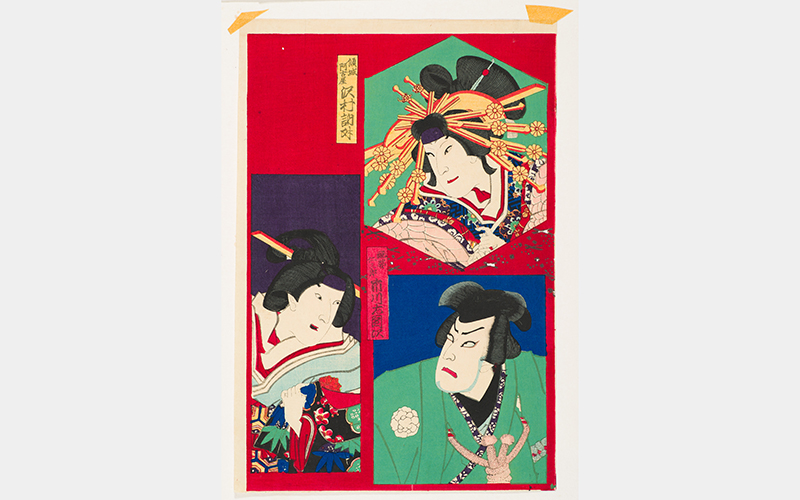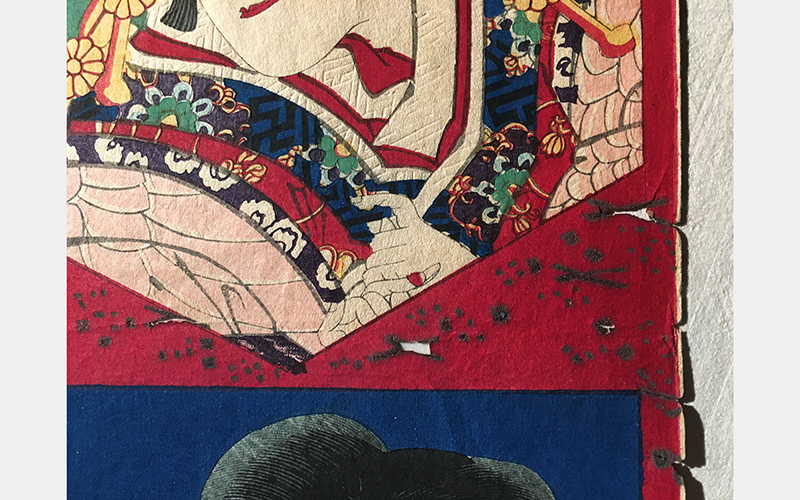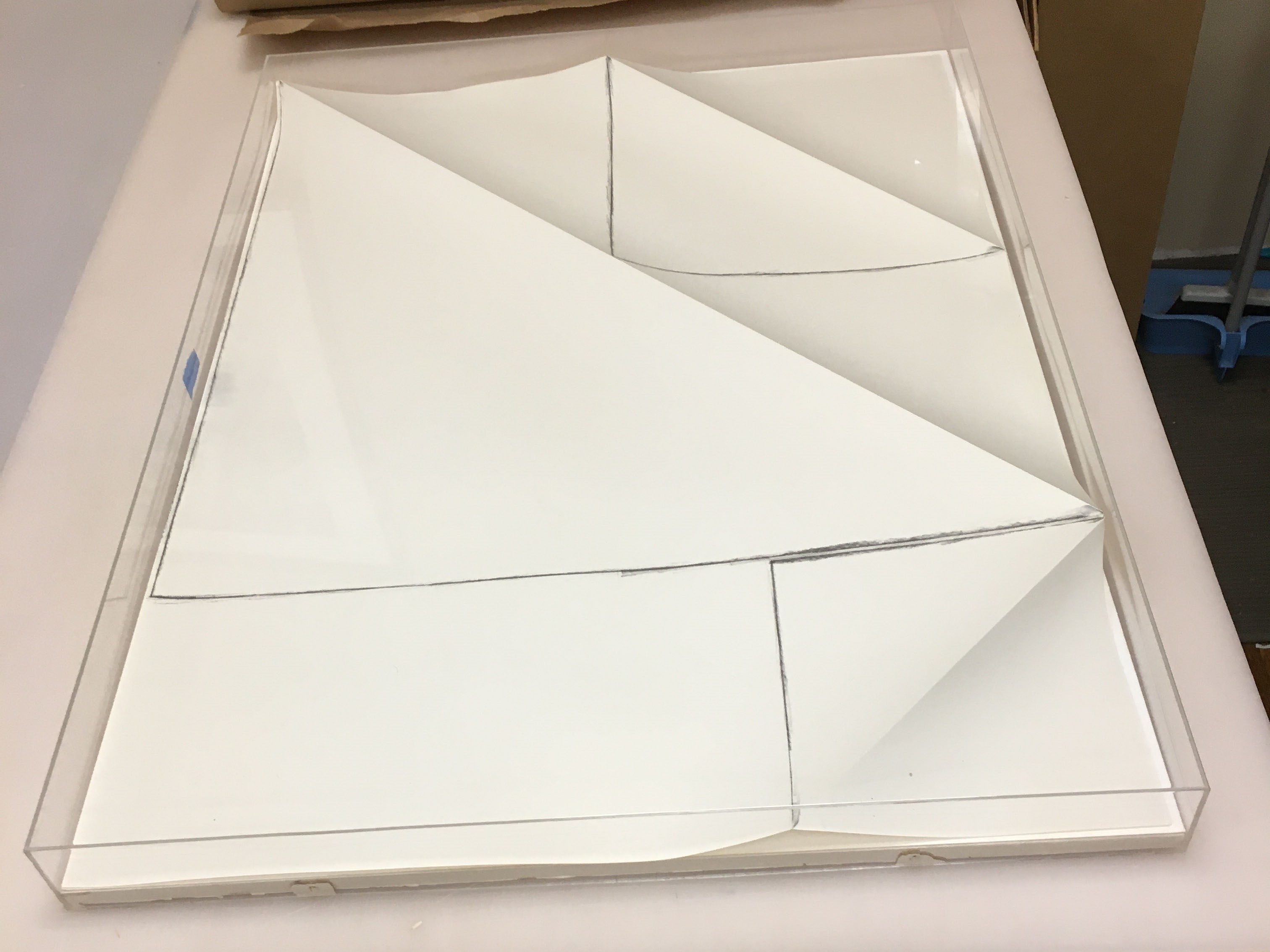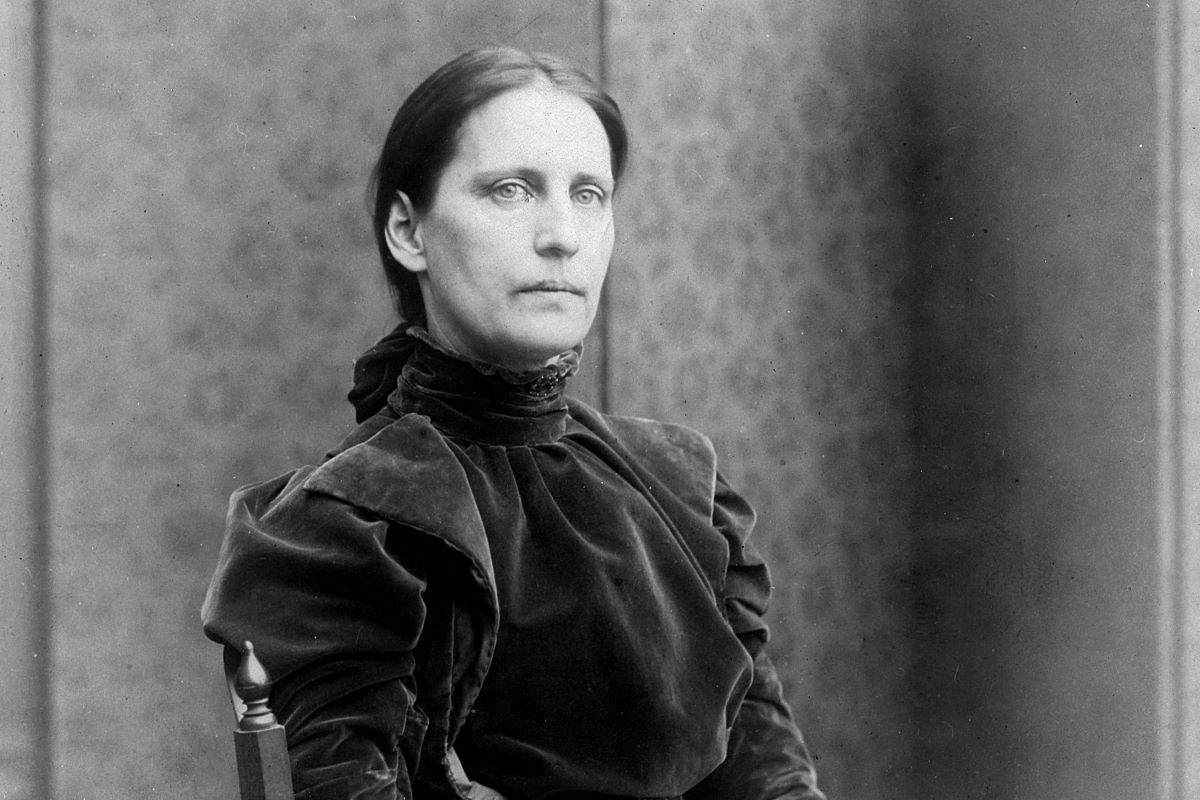- Events & Programs Home
- Calendar
- Accessibility
- Adults
-
Families & Teens
- Families & Teens Home
- 10x10 Teen Art Expo
- Art on the Rise
- Art Together: Art Making for Families with Children Ages 3–5
- Babies Sing with May Festival Minis
- Boy Scouts / Girl Scouts
- CAM Kids Day
- Family Storytime and Gallery Walk
- Family Studio: Art Making for Families with Children Ages 6–12
- Games in the Galleries
- Members-Only Baby Tours
- Public Baby Tours
- REC Reads
- Rosenthal Education Center (REC)
- Saturday Morning Art Class
- See Play Learn Kits
- Summer Camp
- Teen Fest: Zine and Comic Exchange
- RECreate
- Teachers
- Community Outreach
- Fundraisers
- Plan Your Own Event

- Events & Programs Home
- Calendar
- Accessibility
- Adults
-
Families & Teens
- Families & Teens Home
- 10x10 Teen Art Expo
- Art on the Rise
- Art Together: Art Making for Families with Children Ages 3–5
- Babies Sing with May Festival Minis
- Boy Scouts / Girl Scouts
- CAM Kids Day
- Family Storytime and Gallery Walk
- Family Studio: Art Making for Families with Children Ages 6–12
- Games in the Galleries
- Members-Only Baby Tours
- Public Baby Tours
- REC Reads
- Rosenthal Education Center (REC)
- Saturday Morning Art Class
- See Play Learn Kits
- Summer Camp
- Teen Fest: Zine and Comic Exchange
- RECreate
- Teachers
- Community Outreach
- Fundraisers
- Plan Your Own Event
Blog: CAM Uncovered
Blog: CAM Uncovered
- Home
- Plan Your Visit
- Art
-
Events & Programs
- Events & Programs Home
- Calendar
- Accessibility
- Adults
-
Families & Teens
- Families & Teens Home
- 10x10 Teen Art Expo
- Art on the Rise
- Art Together: Art Making for Families with Children Ages 3–5
- Babies Sing with May Festival Minis
- Boy Scouts / Girl Scouts
- CAM Kids Day
- Family Storytime and Gallery Walk
- Family Studio: Art Making for Families with Children Ages 6–12
- Games in the Galleries
- Members-Only Baby Tours
- Public Baby Tours
- REC Reads
- Rosenthal Education Center (REC)
- Saturday Morning Art Class
- See Play Learn Kits
- Summer Camp
- Teen Fest: Zine and Comic Exchange
- RECreate
- Teachers
- Community Outreach
- Fundraisers
- Plan Your Own Event
- Give & Join
- About
- Tickets
- Calendar
- Exhibitions
- Collections
- Blog
- Shop
Behind the Scenes in Conservation: Taking Care of Japanese Prints
by Cecile Mear, Conservator of Works on Paper
6/30/2023
CAMConservation , Toyohara Kunichika , ukiyo-e prints , kabuki actor prints , paper conservation
In 2005 the museum received a gift of Japanese art that includes ceramics, paintings, and prints. Now that our Curator of Prints Kristin Spangenberg has finished researching the 35 prints in this gift, I am reviewing their needs before moving them to their permanent storage locations.
Two of the prints stand out because of their intense color, interesting composition, and some unusual degradation. The color woodcuts by Toyohara Kunichika (1835–1900) from 1874 comprise a diptych, a pair of prints meant to be seen side by side. The figures in the prints are actors in elaborate costumes, and their portraits are arranged on vivid red backgrounds. The colors are unfaded, so we see the prints as the artist intended.
Both prints are attached to larger sheets of Japanese paper with masking tape at the top corners. The tape was probably attached many decades ago, judging from the dry, degraded adhesive. The condition of the adhesive should make it easier to remove the tapes without using organic solvents.
In the center of both prints are small black dots and lines printed on top of the red background. The ink is thick and crumbling, unlike any of the other colors, and it does not match the black ink used in other areas. There are holes in the prints where the ink has degraded the paper, and it is now lost. Typical carbon black ink does not cause this kind of damage to paper. Analysis by X-ray fluorescence (XRF) carried out by Sean Minnick from Ethicon-Endosurgery, Inc., in 2022 did not reveal any elements in the ink that might indicate what kind of material was used to create the ink or contribute to corrosion of the paper. More research needs to be done to discover what Toyohara Kunichika used. In the meantime, to help prevent more losses, I will reinforce the passages with thin Japanese kozo paper attached to the backs of the prints.

Toyohara Kunichika (Japanese, 1835 – 1900), Actors (R to L) Sawamura Tosshō II as the keisei Akoya, Ichikawa Sadanji I as Daiba no Nisaburō, and Iwai Hanshirō VIII as Masaoka, color woodcut, 1874, A gift from Eleanor Lee Hart's collection of Japanese art, 2005.775a

Toyohara Kunichika (Japanese, 1835 – 1900), Actors (R to L) Onoe Kikugorō V as Nozarashi Gosuke and Nakamura Shikan IV as Kan'U, color woodcut, 1874, A gift from Eleanor Lee Hart's collection of Japanese art, 2005.775b

Toyohara Kunichika (Japanese, 1835 – 1900), Actors (R to L) Sawamura Tosshō II as the keisei Akoya, Ichikawa Sadanji I as Daiba no Nisaburō, and Iwai Hanshirō VIII as Masaoka, color woodcut, 1874, A gift from Eleanor Lee Hart's collection of Japanese art, 2005.775a
Related Blog Posts


Cincinnati, OH 45202
Toll Free: 1 (877) 472-4226
Museum Hours
Museum Shop
Terrace Café
Library
Cincinnati Art Museum is supported by the tens of thousands of people who give generously to the annual ArtsWave Campaign, the region's primary source for arts funding.

Free general admission to the Cincinnati Art Museum is made possible by a gift from the Rosenthal Family Foundation. Exhibition pricing may vary. Parking at the Cincinnati Art Museum is free.
Generous support for our extended Thursday hours is provided by Art Bridges Foundation’s Access for All program.

General operating support provided by:




